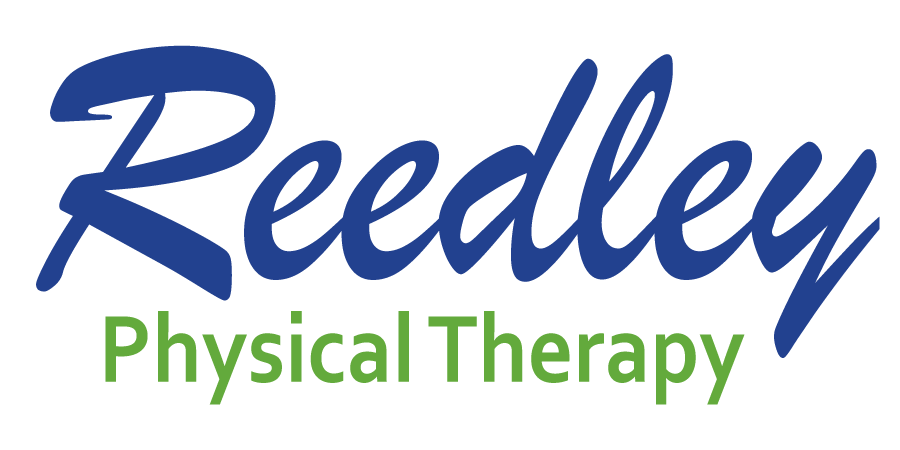Movement is Medicine: Before You Run, READ THIS!
The summer is a great time to get active and start feeling better. If you have been less than active throughout the winter, however, sometimes it is hard to know where to start. Some exercises seem simple enough, but simple doesn’t mean that they are without the risk of injury. In fact, one of the first things so many of our patients start to do to be more active is one of the easiest ways to injure yourself. Whether you’re going for a jog, a long run, or doing sprints; running is a great way to increase your fitness and overall health, but it is one which comes with some very specific pre-requisites in order to avoid injuries.
Almost anyone can dust off their old tennis shoes and take a few laps around the block, and most of the time, this probably won’t result in any major injury. But if you are ready to start running on a regular basis, there are some very important benchmarks that need to be met in order to prevent injuries from creeping up over time. The 3 most important regions that MUST demonstrate normal movement or ranges of motion are the ankles, hips and spine.
- Ankle Range of Motion: Whether it is at the ankle, or almost any other joint, normal movement on a macro level requires normal range of motion of each joint. Specific to running, however, ankles that are stiff and do not “dorsiflex,” or flex upward, apply an intolerable amount of stress to surrounding tissues that over time will begin to fail and be the source of physical and mental anguish. When the ankle doesn’t bend, something else will; the plantar fascia, the Achilles tendon, or even the great toe. All of these surrounding tissues will take the hit for stiff ankles. So before you start to run, first assess your ankle mobility.
- Hip Range of Motion: The hip is one of the most mobile joints in our bodies – or at least it should be. As a result of poor postural habits and sedentary lifestyles, our hips have become collectively very stiff. Appropriate range of motion is important not only for foot and knee alignment, but again mainly because the consequences associated with other structures compensating for poor hip mobility. Hip extension is arguably the most important range to normalize for running as it alleviates stress from the low back, but all ranges are important.
- The Spine: Most common postural deficits take their biggest toll on the neck and upper back. A supple thoracic spine is critical to achieving good head and shoulder alignment when standing and especially when running. Stiffness through the upper back interferes with the efficiency of the long muscles running up and down the length of your spine. This decreases stability when running and predisposes injury to other compensating regions.
Learn more about movement, fitness and health in this space each week or by visiting www.alliancehealthfresno.com, or calling 478-5833. If you have any questions about this article, or want to find out more about scheduling a nutritional consultation, contact Dr. Chris Telesmanic, PT, DPT, OCS at chris@reedleyphysicaltherapy.com.


